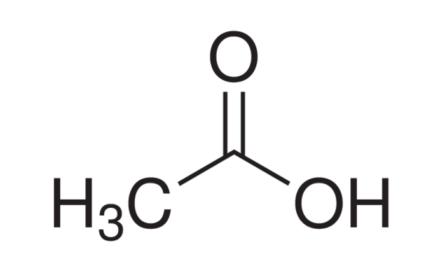Industrial alcohol finds application in a diverse range of industries including pharmaceuticals, chemical intermediates, beverages, personal care products and fuel. It is primarily used as a solvent or chemical intermediate to make drugs, cleaners, thinners, inks, perfumes and other products. Ethanol is the most common type of industrial alcohol which is produced either through fermentation of sugars or petrochemical processes such as hydration of ethylene. Industrial alcohol offers properties such as low toxicity, biodegradability and solubility which make it suitable for various end-use applications. Rising demand from different industries globally is expected to propel growth of the industrial alcohol market over the forecast period.
The global Industrial Alcohol Market is estimated to be valued at US$ 180.75 Bn in 2023 and is expected to exhibit a CAGR of 10% over the forecast period 2023 to 2030, as highlighted in a new report published by Coherent Market Insights.
Market key trends:
One of the key trends in the industrial alcohol market is growing adoption in the pharmaceutical industry. Industrial alcohol finds wide usage in pharmaceutical applications as solvents, antimicrobial agents and extraction agents. Ethanol is widely used as solvent in manufacturing over-the-counter drugs and prescription drugs. Growing pharmaceutical industry globally especially in emerging economies is expected to boost demand for industrial alcohol in pharmaceutical applications. Furthermore, increasing usage of industrial alcohol as biofuel is another major trend. Ethanol is blended with gasoline to produce gasohol which is increasingly being used as vehicle fuel. Mandates regarding use of biofuels by governments worldwide to reduce dependence on fossil fuels is fueling consumption of industrial alcohol for fuel production.
Porter’s Analysis
Threat of new entrants: The industrial alcohol market requires high level of capital investment for production facilities which limits the threat of new entrants.
Bargaining power of buyers: Buyers have moderate bargaining power as there are multiple established players providing industrial alcohol. However, value addition services by suppliers increase switching costs for buyers.
Bargaining power of suppliers: Suppliers have moderate bargaining power due to availability of substitute raw materials. Large buyers can influence prices to some extent due to bulk purchase orders.
Threat of new substitutes: Threat of substitution is low as industrial alcohol has widespread application across various end use industries with no close substitutes available.
Competitive rivalry: The industrial alcohol market experiences high competition due to presence of numerous global and regional players.
Key Takeaways
The global industrial alcohol market is expected to witness high growth, exhibiting CAGR of 10.% over the forecast period, due to increasing demand from end use industries such as personal care, pharmaceuticals, chemicals etc. The market size for 2023 is US$ 180.75 Bn.
Regional analysis: Asia Pacific dominates the global industrial alcohol market and is expected to grow at fastest CAGR during the forecast period. Abundant availability of raw materials and growth of end use industries in countries like China and India is driving the demand.
Key players analysis: Key players operating in the industrial alcohol market are BASF SE, BIRLA SUGAR, CARGILL INCORPORATED., CRISTALCO, FLINT HILLS RESOURCES, GREEN PLAINS INC., GREENFIELD SPECIALTY, MGP INGREDIENTS INC., SIGMA ALDRICH, and THE ANDERSONS INC. These players are focusing on capacity expansion and backward integration to gain




